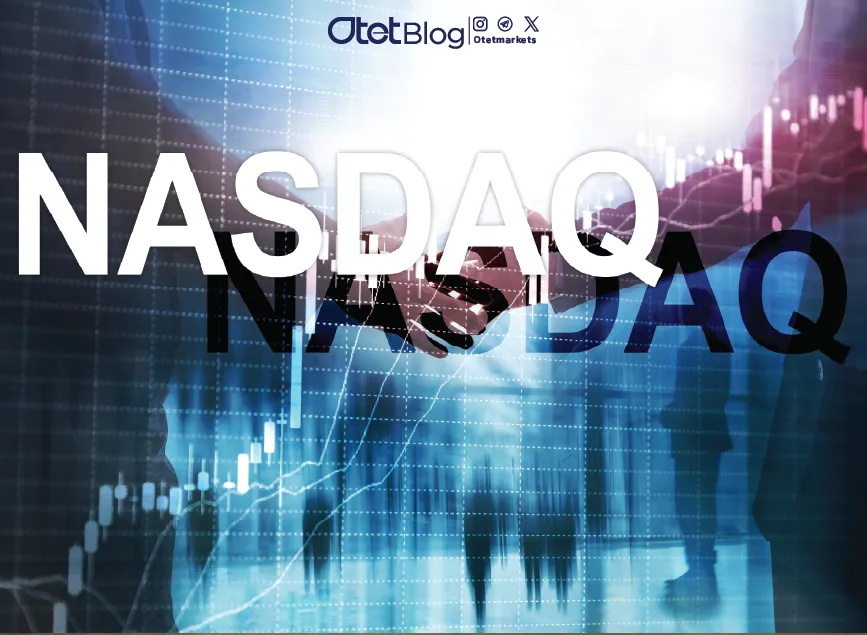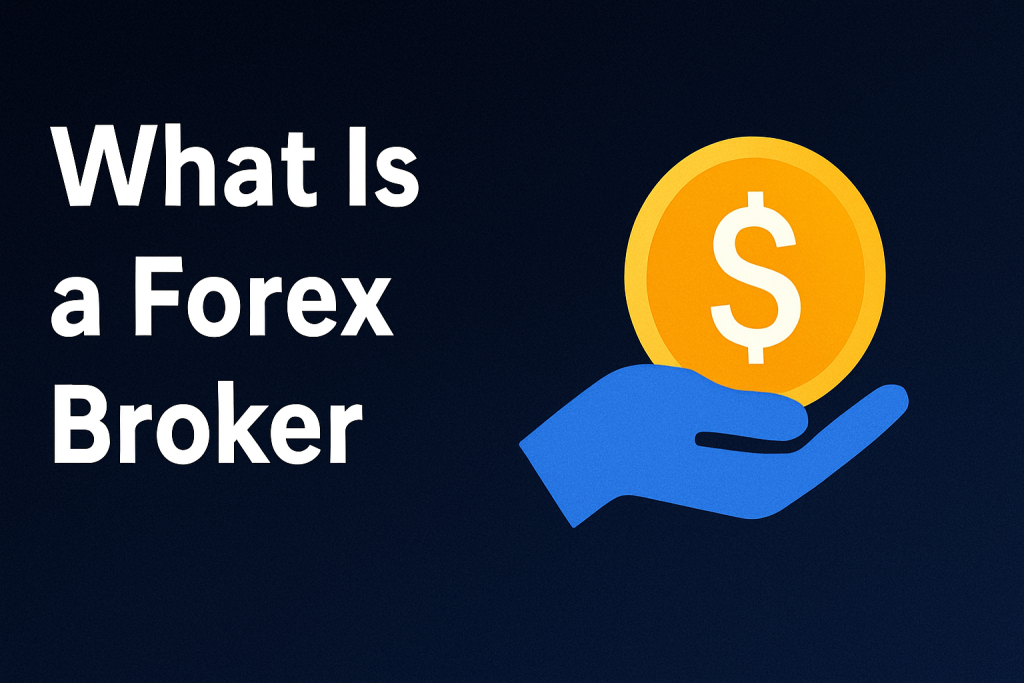
Nasdaq: World’s Leading Electronic Stock Exchange
Estimated reading time: 4 minutes
Table of contents
- The History and Evolution
- How Nasdaq Works
- Key Nasdaq Indexes and Their Importance
- Nasdaq’s Role in Financial Markets
- Trading and Investing
- Factors Influencing Price and Volatility
- Why Invest in Nasdaq?
- Ways to Invest in Nasdaq
- Major Market Crashes and Booms in Nasdaq’s History
- Conclusion: Why Nasdaq Remains a Market Powerhouse
Nasdaq (National Association of Securities Dealers Automated Quotations) is the world’s first and largest electronic stock exchange. Unlike traditional exchanges with physical trading floors, Nasdaq operates entirely digitally, facilitating the buying and selling of securities across global markets. Today, it runs 29 different markets, a clearinghouse, and five central securities depositories in the U.S. and Europe. Many of the world’s most influential technology companies—Apple, Google, Amazon, and Microsoft—are listed on NASD, making it a powerhouse of innovation-driven investing.
The History and Evolution
Founded in 1971 by the National Association of Securities Dealers (NASD), Nasdaq introduced the concept of automated stock trading. It officially launched on February 8, 1971, as a quotation system, revolutionizing the way stocks were traded.
Transforming into a Full-Fledged Stock Exchange
Initially, NASD did not facilitate actual trades but served as an electronic listing platform. Over the years, it incorporated automated trading systems, eventually evolving into a complete stock exchange. Key milestones include:
- 2007: Merged with OMX, a major Nordic stock exchange, forming NASD OMX Group.
- 2011: Adena Friedman became the first female CEO of a major U.S. stock exchange, marking a historic leadership shift.
How Nasdaq Works
Nasdaq’s operations rely on several critical elements:
- Multiple Markets: It runs 29 different trading markets across the U.S. and Europe, covering stocks, derivatives, and commodities.
- Clearinghouse Services: Ensures seamless trade settlement while reducing financial risks.
- Central Securities Depositories: Facilitates secure electronic record-keeping of securities ownership.
Read More: How to Invest in Stocks: A Pro Guide to Building Wealth
Key Nasdaq Indexes and Their Importance
Composite Index
The Nasdaq Composite is a broad index covering all companies listed on NASD. It is heavily weighted towards tech giants such as Apple, Google, and Microsoft, making it a crucial indicator of the market’s health.
Nasdaq-100 Index
The Nasdaq-100 consists of the 100 largest non-financial companies on the exchange. This index highlights firms in technology, biotech, telecommunications, and retail, offering investors exposure to industry leaders like NVIDIA and Amazon.
Nasdaq’s Role in Financial Markets
Nasdaq has earned a reputation as the go-to marketplace for technology and high-growth companies. With firms specializing in AI, cloud computing, and semiconductors, it plays a pivotal role in shaping the future of tech investments.
Leading the Digital Transformation of Stock Markets
Being the first electronic exchange, Nasdaq pioneered automated trading, real-time data feeds, and AI-driven market analytics, setting new standards for efficiency and transparency in global finance.
Trading and Investing
How to Trade the Nasdaq Index in Forex and Stocks
Trading NASD requires strategic analysis and a keen understanding of market movements. Key factors to consider include:
- Technical Indicators: Using moving averages, RSI, and MACD to identify trends.
- Economic Reports: Market-moving data such as CPI, employment numbers, and GDP impact Nasdaq’s performance.
- Federal Reserve Policies: Interest rate decisions and monetary policies directly affect stock valuations.
- Risk Management: Effective use of stop-loss strategies and risk-reward ratios ensures capital protection.
Read More: What is CPI and How Does It Impact Financial Markets?
Factors Influencing Price and Volatility
Nasdaq’s performance is shaped by several critical elements, including:
- Federal Reserve interest rate policies
- Earnings reports from major Nasdaq-listed companies
- Trends in technology and innovation-driven sectors
- Geopolitical and macroeconomic risks
Why Invest in Nasdaq?
Major Benefits and Investment Opportunities
Nasdaq offers investors a range of advantages:
- High Liquidity: Enables quick buying and selling of stocks.
- Sector Diversification: Exposure to leading companies in tech, healthcare, and telecommunications.
- Growth Potential: Many NASD-listed firms are rapidly expanding, offering lucrative long-term returns.
- Investment Flexibility: Options to invest directly in stocks or through ETFs and index funds.
Ways to Invest in Nasdaq
Investors can access Nasdaq in multiple ways:
- Direct Stock Purchases: Buy shares of NASD-listed companies.
- Nasdaq ETFs: Funds like QQQ track the Nasdaq-100, offering diversified exposure.
- Futures and Options Trading: Ideal for experienced traders seeking leveraged positions.
- CFDs (Contracts for Difference): Allows speculation on NASD price movements without owning shares.
Read More: Seven Essential ETF Trading Strategies for Beginners
Major Market Crashes and Booms in Nasdaq’s History
Dot-Com Bubble (2000-2002): Overvaluation of internet stocks led to a market collapse.
2008 Financial Crisis: Global economic downturn caused massive stock declines.
Tech Boom of the 2020s: Investments in AI, EVs, and cloud computing fueled record-high gains.
Conclusion: Why Nasdaq Remains a Market Powerhouse
As the world’s leading electronic stock exchange, Nasdaq continues to be at the forefront of financial market innovation and growth. Its heavy technology focus makes it a prime investment destination, while the NASD Composite and Nasdaq-100 indexes serve as crucial benchmarks for investors.
By understanding market trends, economic influences, and strategic trading approaches, investors can capitalize on the vast opportunities NASD offers, making it a key player in the global financial ecosystem.
Share
Hot topics

What Is a Forex Broker and What Do They Do?
If you’ve ever browsed through financial websites or listened to others discuss currency trading, you’ve probably encountered the term forex broker, which may sound a bit technical, but the truth...
Read more




Submit comment
Your email address will not be published. Required fields are marked *